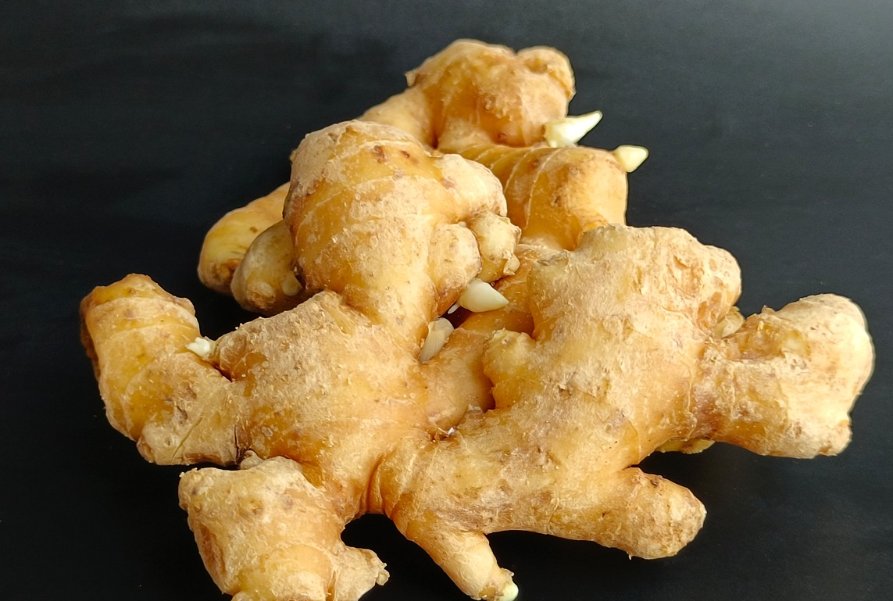
As global demand surges for high-quality organic fresh ginger, especially in temperate climates with fertile soils, sustainable cultivation practices have become paramount. Integrating ecological pest control methods offers a robust path to achieving both superior yield stability and compliance with stringent export-grade standards. This guide explores practical ecological strategies to help agricultural professionals and procurement specialists produce ginger that not only meets pesticide-free requirements but also captures premium market segments worldwide.
Ginger (Zingiber officinale) thrives under moderate temperature ranges of 20–28°C and requires rich, well-drained loamy soils with a pH between 5.5 and 6.5. Temperate zones with distinct seasons promote optimal rhizome development when combined with organic matter-enriched soils. For example, fields enriched with 3% organic compost have demonstrated a 15-20% increase in rhizome yield compared to conventional fertilization — a critical factor in meeting production targets sustainably.
Conventional chemical pest control risks contamination and residue build-up, jeopardizing organic certification and market access. By adopting ecological controls, such as biological agents and environmental adjustments, growers can effectively suppress key pests including rhizome rot fungi, shoot borers, and nematodes.
Key methods include:
Implementing these strategies has shown pest incidence reductions by 40-60%, enabling growers to meet zero pesticide residue requirements critical for global organic markets.
Maintaining the export-grade quality of ginger demands adherence to strict guidelines — including moisture content below 12%, uniform size grading, and absence of physical damage or fungal contamination. To ensure these standards, producers implement layered quality control systems:
| Quality Parameter | Target Standard | Measurement Method |
|---|---|---|
| Moisture Content | ≤ 12% | Gravimetric Oven Drying |
| Pesticide Residue | Not Detected (LOD ≤ 0.01 mg/kg) | GC-MS Analysis |
| Physical Damage | No Visible Bruising or Rot | Visual Inspection |
Such stringent monitoring ensures shipments consistently pass international phytosanitary inspections and maximize shelf life, thereby protecting brand reputation and customer trust.

Beyond pest control, effective management of planting density, irrigation scheduling, and nutrient application plays a pivotal role in sustaining consistent yields. Data from trial plots in temperate zones indicate that:
These agronomic practices fortify supply chain predictability, vital for meeting export schedules and scaling production for international buyers.
A renowned organic ginger cooperative in New Zealand implemented comprehensive ecological pest management combined with rigorous quality audits. Over three growing seasons, their average yield remained stable at 13 tons/ha with zero pesticide residues detected in independent laboratory testing, securing lucrative contracts with European and North American organic retailers. Customer feedback highlighted the consistent fresh aroma and texture as key repeat purchase drivers — an outcome only achievable through sustained ecological methods and strict quality governance.
In conclusion, adopting ecological pest control in fresh ginger cultivation is not only environmentally responsible but also essential for achieving high-quality assurance that aligns with export-grade standards and pesticide-free certification. These practices enhance brand equity and unlock premium pricing in the competitive global market.